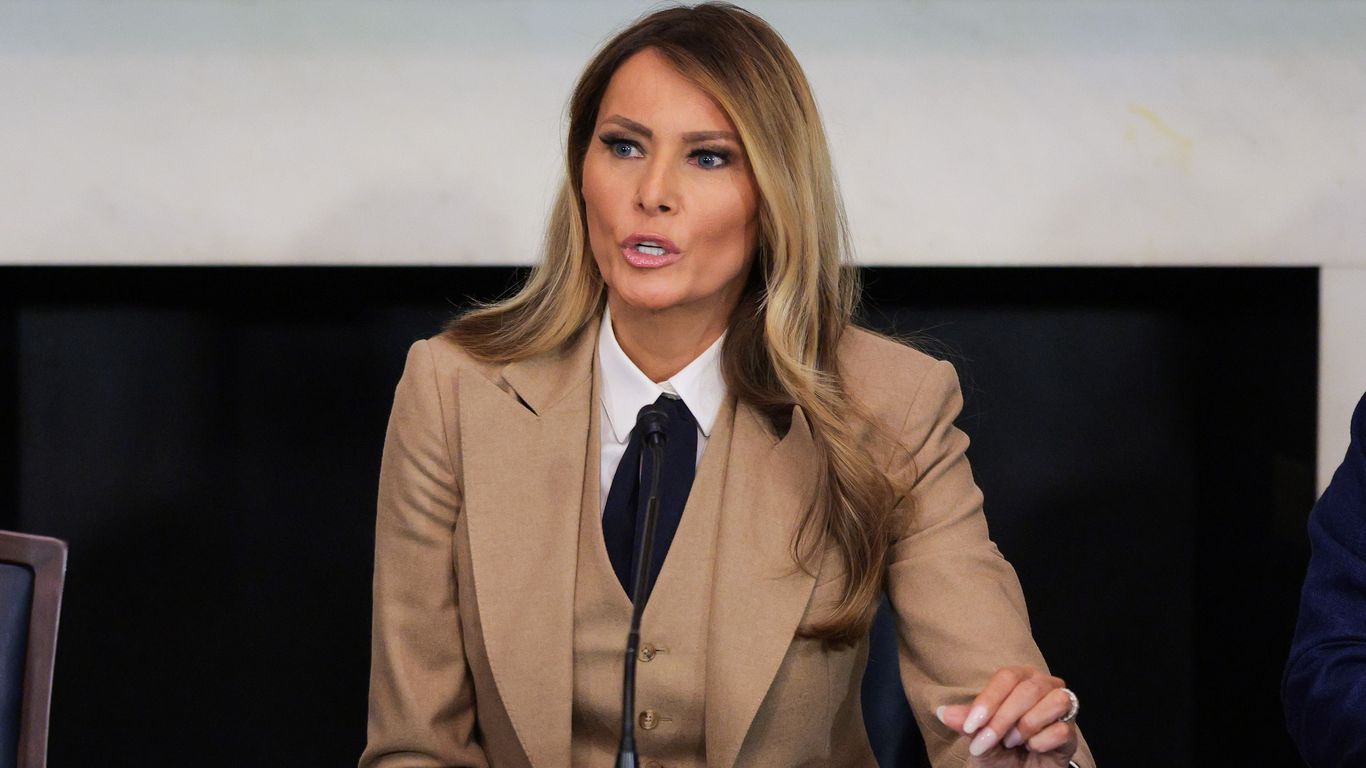Trump administration allowed to proceed with staff layoffs at CFPB

Introduction
In a recent ruling, the U.S. Court of Appeals for the D.C. Circuit has allowed the Trump administration to proceed with staff layoffs at the Consumer Financial Protection Bureau (CFPB). This decision comes after the administration sent reduction-in-force notices to over 1,400 CFPB employees in April, sparking widespread controversy and legal challenges.
Key Details
The CFPB was created in 2010 as part of the Dodd-Frank Wall Street Reform and Consumer Protection Act in response to the 2008 financial crisis. The bureau has been a target of political controversy since its inception, with some arguing for its dismantling while others advocating for its independence and effectiveness in protecting consumers.
The recent layoffs are a result of the Trump administration's efforts to restructure and limit the powers of the CFPB. This has led to a significant reduction in the bureau's budget and personnel, with many staff members being reassigned or dismissed.
Impact
The ruling by the appeals court has significant implications for the future of the CFPB and its ability to carry out its mission of protecting consumers from predatory financial practices. With a reduced staff and budget, the bureau may struggle to effectively regulate and enforce consumer protection laws, potentially leaving vulnerable individuals at risk.
This decision also highlights the ongoing battle over the CFPB's autonomy
About the Organizations Mentioned
U.S. Court of Appeals for the D.C. Circuit
## Overview The U.S. Court of Appeals for the District of Columbia Circuit (commonly called the D.C. Circuit) is one of the 13 federal appellate courts and is widely regarded as second in prestige only to the U.S. Supreme Court[3][4]. Unlike other circuit courts, the D.C. Circuit has a unique jurisdiction that extends far beyond its small geographic footprint, hearing appeals from the federal district court in Washington, D.C., and—more importantly—directly reviewing decisions from numerous federal administrative agencies[1][4]. This gives the court outsized influence over national policy, especially in areas like regulation, consumer protection, labor rights, environmental law, national security, and the balance of powers between branches of government[1][3]. ## History and Jurisdiction Established in 1893, the D.C. Circuit has evolved into a focal point for administrative law. Congress has consistently granted it exclusive or primary jurisdiction over challenges to federal agency rulemakings, particularly those with nationwide impact[2]. This is because many federal agencies are headquartered in Washington, D.C., and their regulatory actions often require judicial review. The court’s docket is thus disproportionately weighted toward complex, high-stakes cases that shape the legal and regulatory landscape for businesses, consumers, and government alike[2][3]. ## Key Achievements and Influence The D.C. Circuit is known for landmark rulings on issues such as environmental regulations, telecommunications, antitrust, and separation of powers. Its decisions often serve as final word on major federal policies, given the Supreme Court’s limited capacity to review cases[3]. The court has also been a stepping stone for future Supreme Court justices, with several notable jurists—including Chief Justice John Roberts and Justices Clarence Thomas, Ruth Bader Ginsburg, and Brett Kavanaugh—having served on the D.C. Circuit before their elevation to the high court. ## Current Status As of recent years, the D.C. Circuit
Consumer Financial Protection Bureau
The Consumer Financial Protection Bureau (CFPB) is a U.S. government agency established in 2011 with the mission to protect consumers in the financial marketplace. Created as a response to the 2008 financial crisis, the CFPB aims to ensure that consumers have access to fair, transparent, and competitive financial products and services. It oversees a broad range of financial sectors, including mortgages, credit cards, student loans, payday loans, and debt collection practices, ensuring that financial institutions comply with federal consumer protection laws. The CFPB was born out of the Dodd-Frank Wall Street Reform and Consumer Protection Act, signed into law by President Barack Obama. This legislation marked a pivotal shift in financial regulation by consolidating consumer protection functions previously scattered across different agencies into one independent bureau. Richard Cordray was appointed the first director, setting the tone for a proactive and enforcement-driven approach. Among its key achievements, the CFPB has returned billions of dollars to consumers harmed by unfair practices, cracked down on predatory lending, and increased transparency through rulemaking and consumer education. It has also launched innovative tools, like the “Know Before You Owe” mortgage disclosure forms, which simplify complex financial information for everyday Americans. Additionally, the bureau has embraced technology by using data analytics to detect abusive practices and streamline complaint handling. Today, the CFPB continues to be a central player in shaping the future of consumer finance, balancing enforcement with innovation. It faces ongoing challenges, including political shifts and evolving financial technologies such as fintech and digital currencies. Nonetheless, the CFPB remains a critical watchdog and advocate, empowering consumers and fostering trust in the financial system. For business and technology enthusiasts, the CFPB represents a dynamic intersection of regulation, innovation, and consumer rights in the modern economy.







